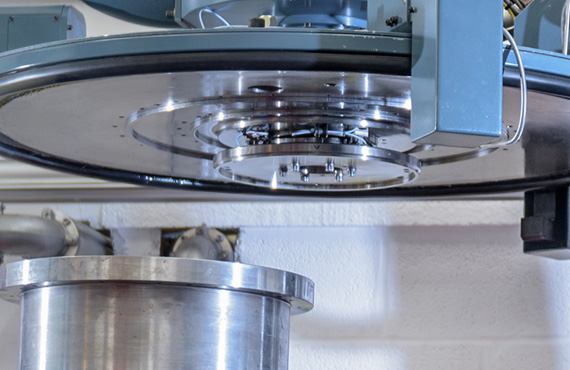Vacuum drying heat treatment is the process of removing moisture or organic substances from a material by heating it under low pressure. Since this process occurs below normal atmospheric pressure, it is conducted under "vacuum" conditions. The vacuum environment allows the use of lower temperatures for the evaporation process, ensuring the removal of moisture without damaging the material's structure.
Vacuum drying is particularly used for processing heat-sensitive materials with high moisture content. When high temperatures and low pressure are combined, moisture evaporates without increasing the material's temperature. Additionally, this process helps preserve the chemical structure of the material while drying.


